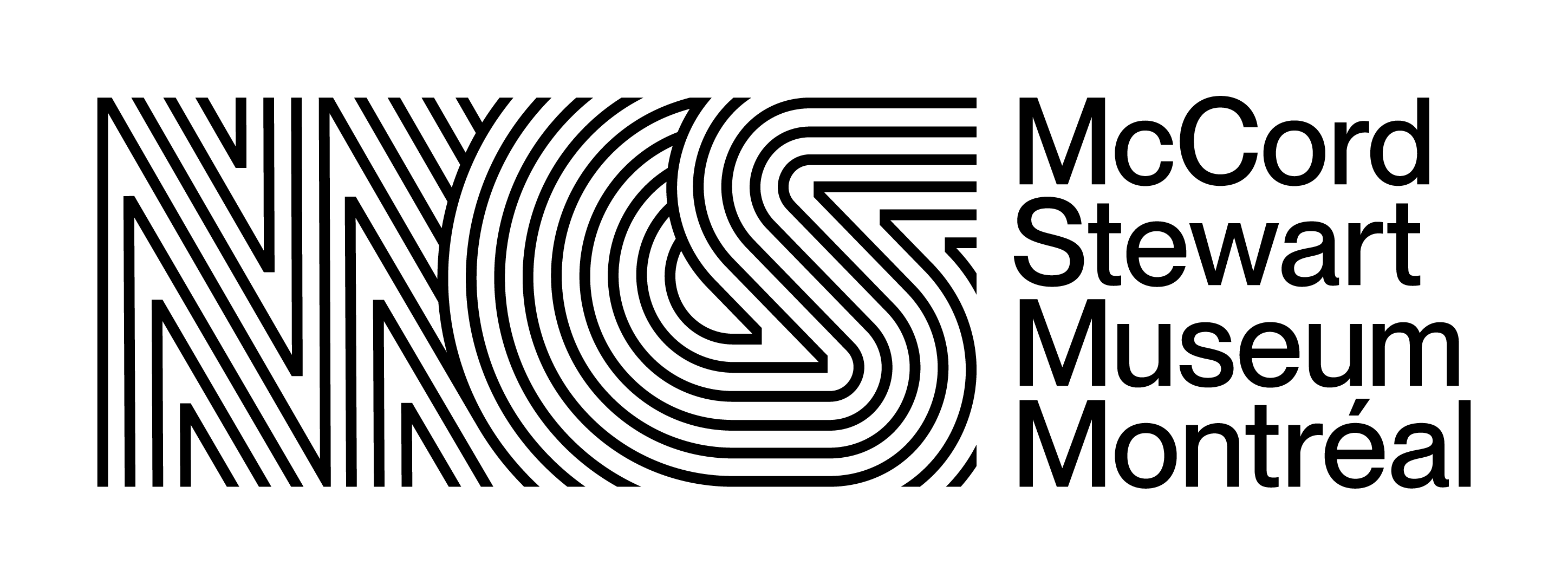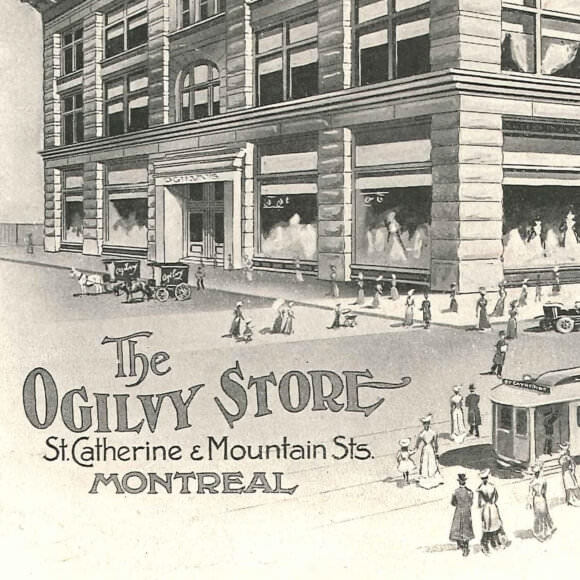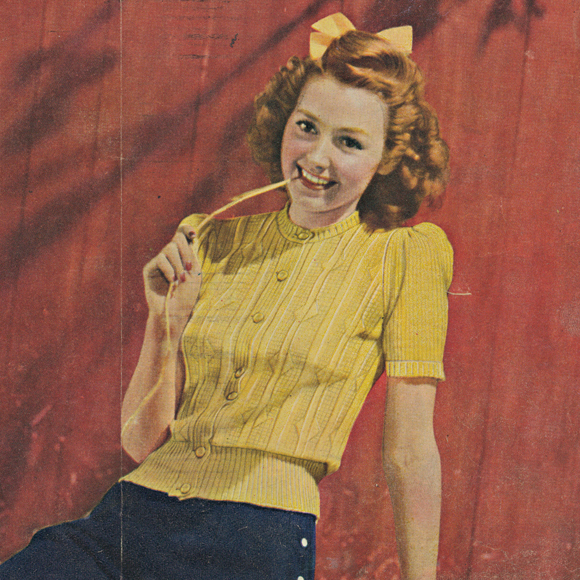After the Second World War, Valerie Otilie Dubsky (née Zenker) left her native Czechoslovakia with her husband and two-year-old son. She lived for a time in Paris, where she began learning about fashion design.
Drawing on her art studies and powers of observation, she sketched, from memory, the collections of major fashion designers and sold the drawings to manufacturers who reproduced them.
In the late 1940s, she immigrated to Canada where she did some work as a freelance artist in Montreal. She then remarried and left to live in the United States with her new husband. In 1950, she got a job at Sacony in New York City where she soon began designing children’s clothing, which was very well received. Having noted the young woman’s talents on his visits to Sacony, Montreal manufacturer Josef proposed that she design two collections for him, one for children and one for girls. To help convince her, Josef said the clothing could be sold under her name and that she could become a partner with a 10% interest in the company, if the collections sold well. She accepted the offer and returned to Montreal in 1956, where she was soon designing a large percentage of Josef’s production under her nickname, Vali.

Jacket (detail), Vali, 1972. Gift of Vali Designs Inc., M972.116.3.1 © McCord Museum
Josef’s business boomed thanks to the Vali brand. In a 1963 edition of the Montreal Star, an article recounts that a buyer for the nine Bonwit Teller stores in the United States had come to Montreal especially to purchase a number of Vali models. One day, a buyer from Saks Fifth Avenue telephoned to order beach outfits that had become very popular since Jacqueline Kennedy had bought four. However, the association with Josef came to an end when the company’s lawyer informed the designer that she was not really a partner.
In the mid-1960s, Vali felt ready to run her own company. Raising the money herself with the help of friends and family, she bought a three-storey building at 163 Bellechasse Street and set up her ready-to-wear company: Vali Designs.
With an initial workforce of 12 employees, she launched her first collection of 18 dress models in March 1965.
Her dresses were sold in Montreal, notably at Lily Simon, Holt Renfrew, Ogilvy’s, Eaton’s and Dupuis Frères, as well as in New York City department stores. In 1967, she launched the perfume Vali, initially offered exclusively at Ogilvy’s and then at Bonwit Teller in New York as of 1970. In the years that followed, Vali organized meetings of Montreal designers with the idea of starting a professional association. Her efforts bore fruit and she was one of the founding members of the Fashion Designers Association of Canada in 1974. Throughout the 1970s, Vali was among the most prominent designers in Canada. Aline Chaîné, the future wife of Prime Minister Jean Chrétien, discovered Vali when she modelled her clothing. She later became one of the designer’s most loyal customers. Among Vali’s favourite models were Ivana Zelnickova, who became Mrs. Ivana Trump, Monique Clément, Veronika Redgrave, Viviane Case (later Viviane Case-Fox) and Shawn O’Brien.
Always made in refined fabrics, garments designed by Vali were known for their simple elegance and subtle romanticism.
Vali Designs, which had as many as 50 employees, was run by Vali and her son John Franklin Dubsky. However, the recession in the early 1980s forced Vali to sell her operation in 1982. She continued to work as a designer for various manufacturers for several years.
Sources
Bieler, Zoe. «New York Dress Buyer Discovers Canada», The Montreal Star, 2 October 1963.
Lambert, Eleanor. «Vali Dubsky», dans World Fashion : people, places, resources, New York, R. R. Bowker, 1976, p. 188.
Rihackova, Vera. “Fashion Is My Life.” Prague Leaders magazine, 2009, 60-61.
Publication date
01/10/2004
Writing
Dicomode






